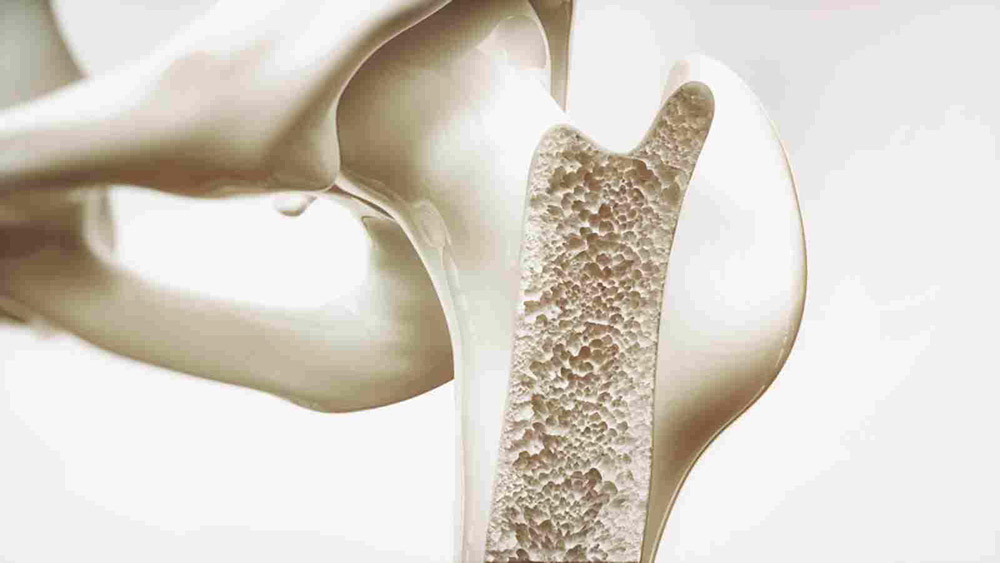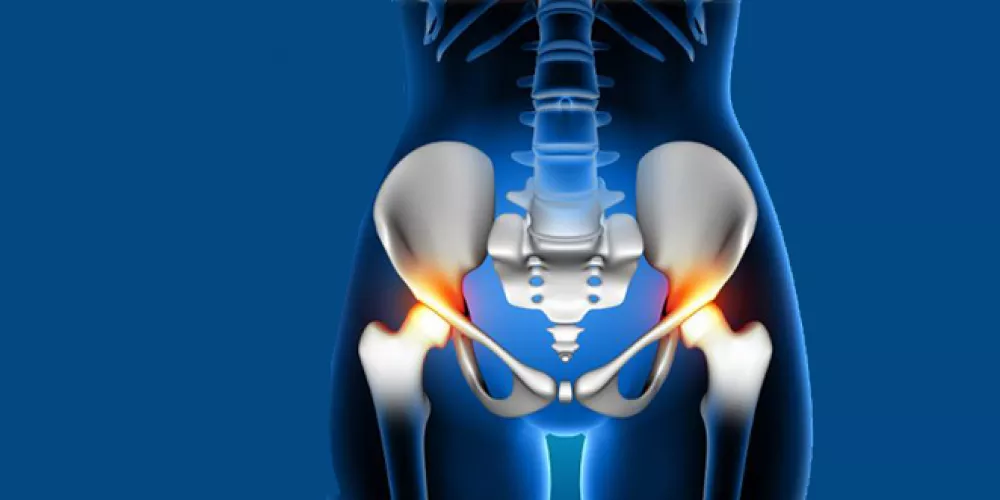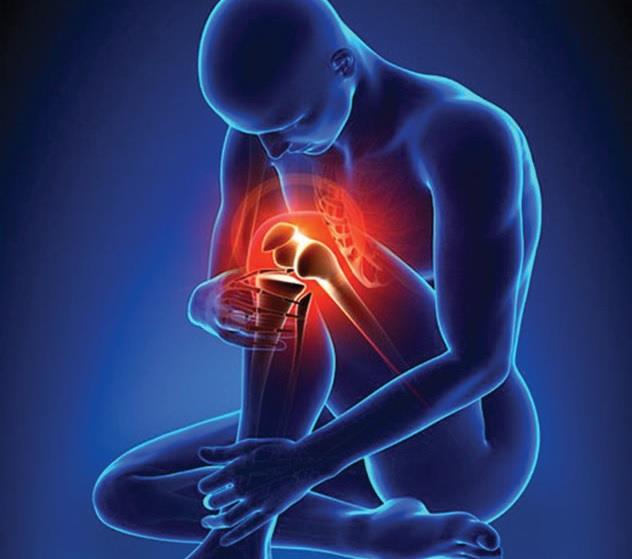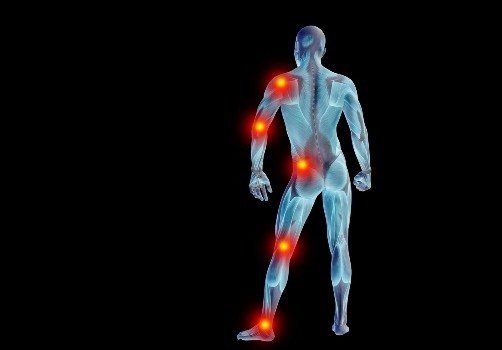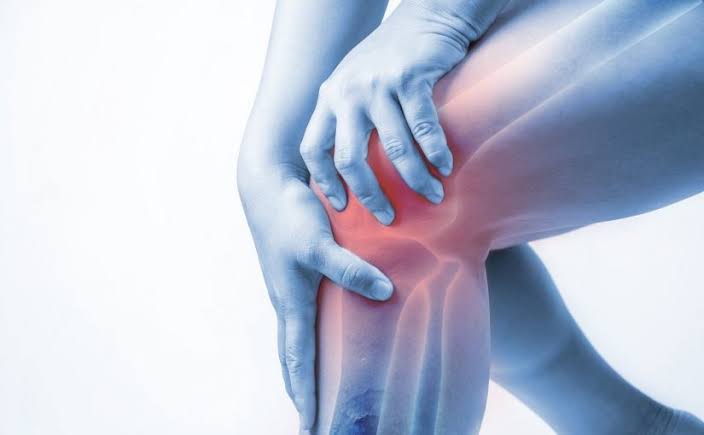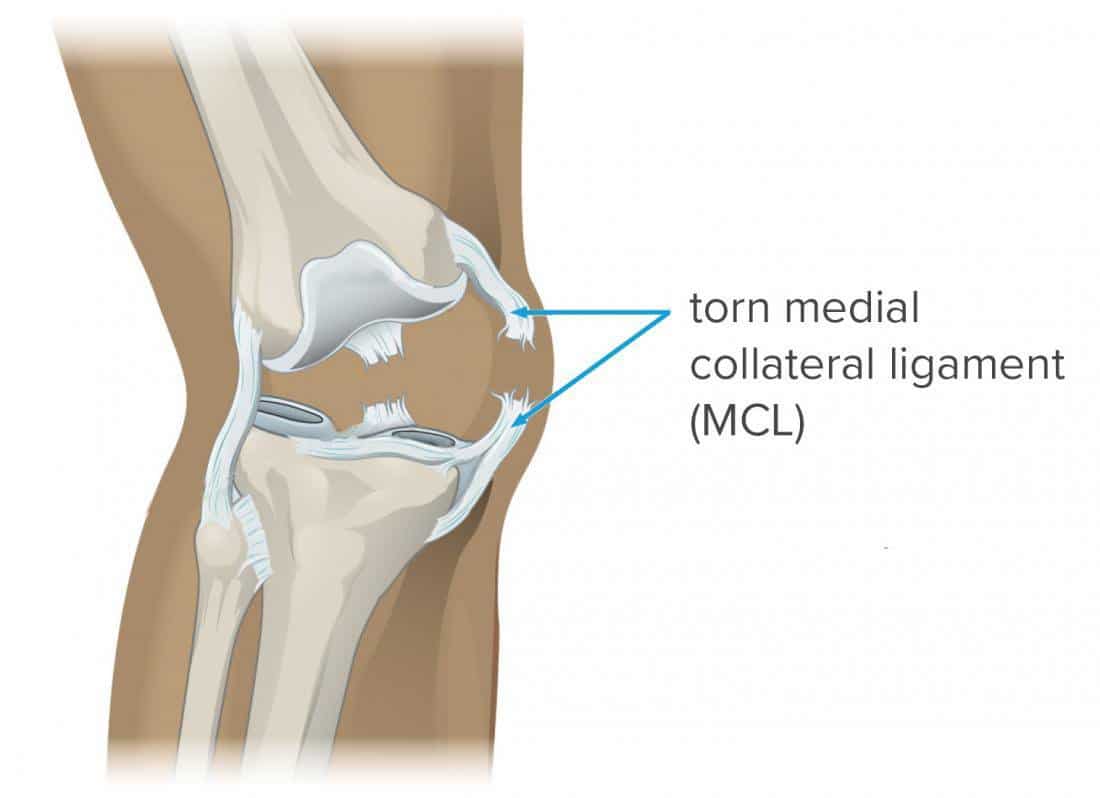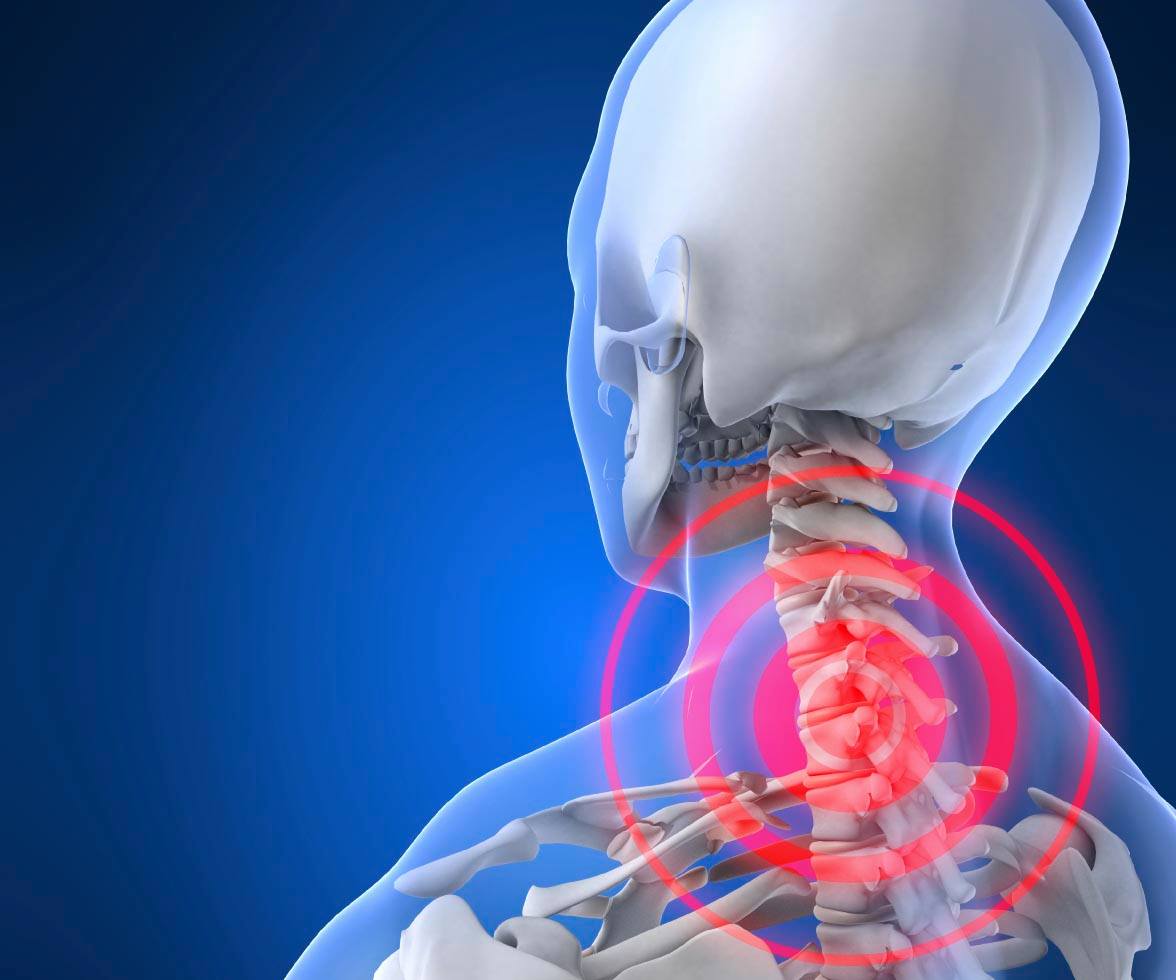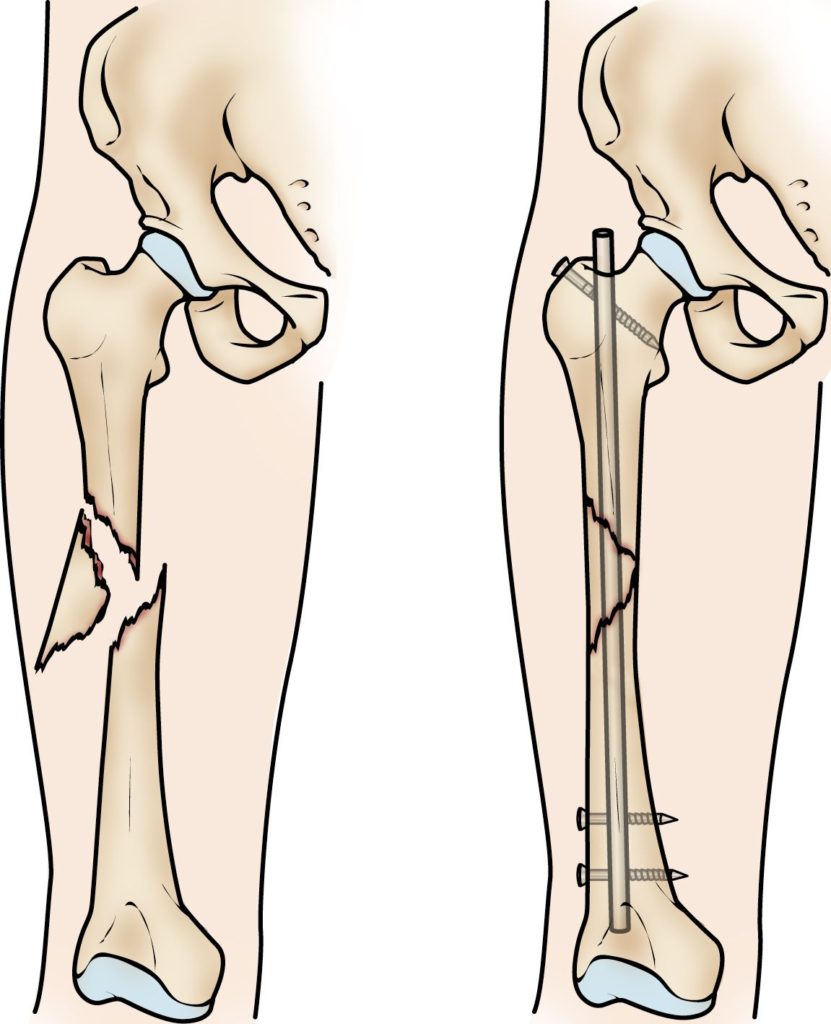Learn about the thermal frequency process
Thermal frequency process
Thermal frequency is one of the new treatment methods that has witnessed great development recently and has become one of the methods used by doctors in treating many diseases, including cancerous tumors and others, and it works to reduce or remove the pain caused by these diseases.
The idea of the thermal frequency process is based on sending thermal interference waves that work to reduce the intensity of pain or end it by working on stopping the nerve from transmitting nerve signals that convey the feeling of pain, and thus the patient feels more comfortable.
Doctors often refer to the thermal frequency procedure in cases where other types of treatment have not succeeded, or it is to reduce pain and use analgesics, especially in the elderly or those who are not subject to anesthesia because of their health condition.
Reasons for using Thermal frequency
There are some cases in which doctors are likely to use radiofrequency, including:
- Trigeminal neuralgia can be treated with it.
- Reducing spine and joint pain, especially the knee.
- Treating peripheral nerve pain.
- Sometimes it is used to get rid of cancerous tumors.
- Treats herniated discs.
- Works to treat varicose veins in the legs.
- Treating pain caused by chronic headaches.
Some people are not suitable for the radiofrequency procedure, including pregnant women, people with blood diseases, and people with infections. Doctors advise that these people avoid exposure to radiation or interference waves, due to the health condition they suffer from.
Some side effects appear for the thermal frequency procedure, including swelling in the affected part and a feeling of numbness in it, but these symptoms disappear over time, and follow-up with the treating doctor helps in the disappearance of symptoms in a shorter period.
Are there types of thermal frequency?
There are two types of thermal frequency operations, which are determined by the doctor according to the condition he has, and thermal frequency has witnessed a great development to settle in the recent period on two types that are the most effective in treating nerve pain so far, namely:
Normal thermal frequency
The doctor relies on the normal thermal frequency process by performing a specific surgical intervention, inserting a needle dedicated to delivering heat waves to the nerve and treating it, but it does not cause pain, and the patient recovers after a short period.
Pulsed thermal frequency
It is considered the most advanced type in thermal frequency operations, and all its procedures are done using radiation devices that operate with a magnetic field that affects the nerve roots in the nerve to stop the delivery of pain to the patient – which is the most common -.
Instructions for pre-procedure thermal frequency
There are some recommendations that the doctor tells you before completing the thermal frequency procedure, which are:
- Keep taking the prescribed medications if you have chronic diseases, including diabetes and high blood pressure.
- Stop taking blood thinners, including aspirin.
- Stop eating six hours before the operation.
- Refrain from drinking liquids two hours before the procedure.
Thermal frequency process procedures
The radiofrequency procedure is carried out through a small incision in the affected part so that the doctor inserts a small catheter to connect to the radiofrequency device, which works to deliver electromagnetic waves to the affected nerve to reduce the pain it causes.
There are successive steps that the doctor follows in conducting the thermal frequency procedure for the patient, which are:
- Local anesthesia is used as a first step for the procedure to be performed.
- An interventional radiology device is used to accurately locate the affected nerve through electrical waves aimed at the affected part.
- In some cases where the interventional radiology device is not useful, some dyes can replace the device to reach the damaged nerve.
- The thermal frequency device and electromagnetic frequencies are directed directly at the nerve to stop it from working and limit the transmission of pain signals, and thus the patient feels better.
- The duration of the operation does not exceed 45 minutes, and the patient can be discharged from the hospital on the same day.
Instructions after the thermal frequency process?
The thermal frequency operation is one of the one-day operations that do not require being in the hospital for days after the operation, and the patient can leave the hospital on the same day with some instructions that must be followed, especially in the case of the regular thermal frequency operation.
Instructions after the thermal frequency process
- The patient needs to follow up with the doctor on the evolution of his health condition.
- Keeps stopping overexertion for a day or two at most.
- Full adherence to the medications prescribed to you.
The surgery is performed at different ages because it has a great safety rate and local anesthesia can be used, but it is not preferred by doctors for some groups, including pregnant women or the elderly who suffer from blood diseases.
Cartilage process by thermal frequency
Cartilage injuries, including a herniated disc, which is common in the cartilage of the spine, and there is more than one way to treat them, including thermal frequency, which is pulsating waves that work to reduce or stop the activity of the affected nerve, which helps the patient to get rid of the pain.
The thermal frequency procedure for the spine is not done to treat one type of injury, but it can be used in the treatment of herniated discs, sciatica, and other pains that affect the vertebrae and affect the nerves of the spinal cord and cause severe pain to the patient.
Cartilage resurfacing can be done by:
- The attending physician begins by using radiological devices to accurately locate the irritated nerve of the cause of the pain.
- Specialized waves are delivered from a radiofrequency device to the damaged nerve in order to cauterize it.
- The nerve stops sending pain signals without causing damage to any nearby part.
- The patient does not need to wake up because the doctor uses local anesthesia and the patient leaves the operating room after a short period of 20 to 45 minutes.
The cartilage operation bears fruit in a short period after its procedure, and the patient feels much less pain than before, and the person must continue to follow up with the specialist doctor to know the success of the operation and avoid any complications.
Is thermal frequency a final treatment for cartilage?
The patient usually feels a noticeable and almost immediate improvement after the procedure of thermal cartilage because it works to remove the pain caused by the pressure on the nerves of the spinal cord that were injured in the herniated disc.
A lot of research has recommended the use of thermal frequency and the waves it creates to treat cartilage of all kinds because it is a safe way to reduce pain and help relieve the patient from the pain associated with cartilage and spine diseases.
If the cartilage pain is caused only by inflammation or irritation of the nerve or the presence of great pressure on the spinal cord, then the thermal frequency process is the final and best treatment because it works to cauterize the affected nerve and reduce the severity of the pain and may reach the stage of full recovery.
Knee thermal frequency surgery
Knee roughness is one of the diseases that have more than one method of treatment, including the use of medicines and injections in the affected part, but with the increase in pain and the absence of a significant effect of other methods of treatment, doctors advise the process of thermal frequency of the knee, which works to reduce nerve pain and relieve knee roughness.
Thermal frequency provides knee roughness patients with one of the safe treatment methods that do not require general anesthesia, but it is performed with local anesthesia on the knee, and this is especially useful with older people and those exposed to complications from anesthesia.
The thermal frequency process works by shining heat waves on the knee with the help of X-rays that determine the location of the damage in order for the needle to enter the correct place, and the timing of the operation does not exceed 40 minutes.
The thermal frequency process damage
Doctors prefer to perform the thermal frequency process procedure for many reasons and the advantages that the procedure provides to patients, including:
- Reducing pain associated with joint diseases.
- Kill tumors and work to get rid of them.
- Treatment of herniated disc pain and sciatica.
- The process is safe for people with chronic diseases.
- Not to be exposed to the problems of general anesthesia for the use of local anesthesia only.
- The person will return to normal life within 48 hours.
- No need to use complementary equipment or crutches.
Despite the number of advantages offered by thermal frequency to patients, it may have some complications, but the incidence is small, including:
- Feeling of swelling in the injection site.
- The presence of bruises in the affected area.
- Increased chances of bleeding.
- A sensation of tingling or numbness in the joint as a result of anesthesia.
It is possible for a person to avoid the risks and complications associated with heat frequency by continuous follow-up with the attending physician, especially if the feeling of pain and intensity of pain increases after the operation, but the effects of the operation often disappear within days of the procedure.
Thermal frequency treatment or analgesia
Thermal frequency is one of the safe treatment methods that doctors prefer in cases of chronic health problems and the elderly. Thermal frequency can be used to treat many diseases, including treatment of knee roughness, tumors, joint pain, and the fifth nerve.
Thermal frequency can be a treatment in cases of nerve injuries or severe damage to one of the nerve roots that results in severe pain, but in the case of other diseases in which nerve pain is a side effect, it can be used as a pain reliever.
Thermal success rate
The success rate of radiofrequency is very high, up to 95%, and it may increase, and it enables the patient to practice his life normally, be more active, and feel less pain, and this makes most doctors prefer radiofrequency surgery in treating more than one disease.


